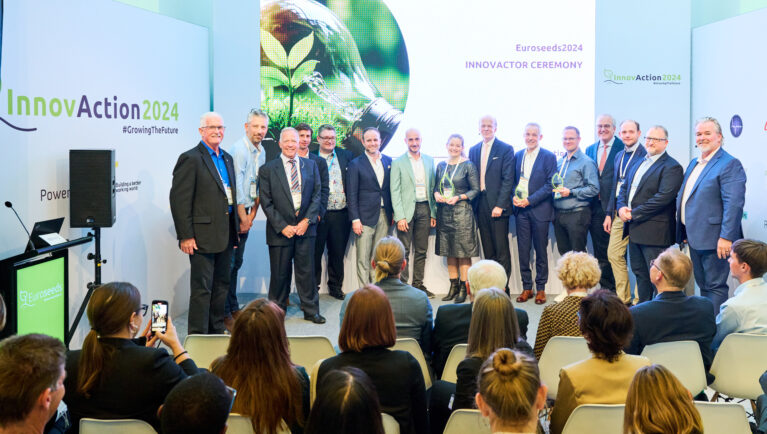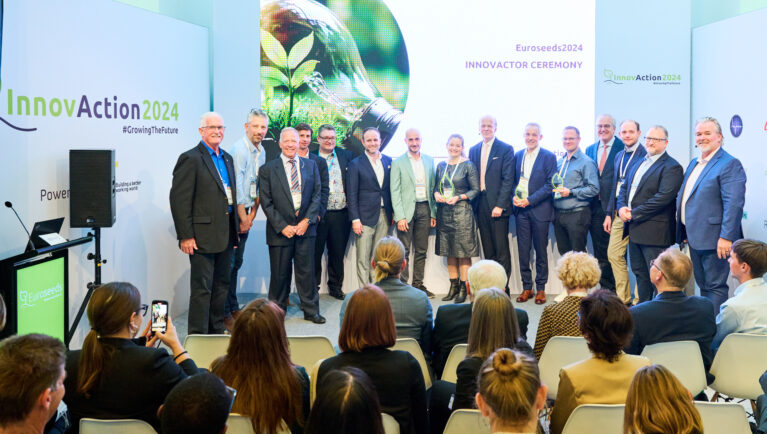
Each time when we’re approaching the print date of a new issue of Seed World Europe, the question arises as to what topic I should write my Editorial column about. I have come to learn that in Europe, with its many legislative proposals, regulatory roadblocks, deviations and policy hiccups, there is never a shortage of topics that one could write about. For example, I could choose to write something about the report ‘Strategic Dialogue on the future of EU agriculture’, from Peter Strohschneider. Several of the proposals in this report make sense, whereas others certainly raise eyebrows, and need watchful eye.
Or perhaps write something about Enrico Letta’s report ‘Much more than a Market’ which talks about empowering Europe’s single market to deliver a sustainable future and prosperity for all EU citizens. I could write about the Mario Draghi report: ‘The future of European competitiveness’. And although both were an exciting read, the reports do not address the competitiveness of EU agriculture or the role of agriculture in a single market. Which raises the question whether Europe’s agriculture should be competitive or not? All in all, lots of food for thought in these reports, which will guide the work of the European Commission when shaping its ‘Vision for Agriculture and Food’, to be delivered in the first 100 days of President von der Leyen’s second mandate.
But the topic that excited me the most in the past weeks was the Euroseeds InnovAction Stage. It started off months ago with a call for nominations, after which a lot of innovations came in. All of them were assessed by several jury members with the help of a long and detailed list of criteria. This thorough process narrowed it down from an initial group of 35 contestants, down to 12 finalists, who could present their innovation at the Euroseeds congress in Copenhagen. I was lucky enough to be one of the jury members and got to see a lot of inspiring innovations up close.
It was an incredible pleasure to sit on this jury as each of the 12 presentations was exciting and the presenters showed great professionalism and quality in their presentations. They all presented solutions to the plant breeding and seed sector, and I quickly realized that we need all these innovations, and more, to move our food systems to a higher, more sustainable level. What an honour and a privilege to get such a close-up look. After hearing all 12, it was a tough competition, and the jury had a hard time selecting a winner among all these very good and useful innovations.
HealthyCrop from Denmark was the ultimate winner, with Amphasys and SmartTray as runners-up. But I certainly would also like the mention the other finalists: Arable, BetterSeeds, Cibus, Computomics, Multiplex, Phenolytics, Rainbow Crops, Robotec and Solynta. All the finalists were showcasing impressive innovations. And all of them will contribute to advance plant breeding methodologies, shape the future of agriculture, ensure global food security, and contribute to a more sustainable society!
At the end of the day the winner is all of us, in other words— society. We are all benefiting from these wonderful and much-needed innovations. It’s a critical time for agriculture and for our planet and these innovations will help to address the many challenges we’re facing, such as food security, climate change and the wish for a higher level of sustainability.
So, let’s make sure we remove all obstacles and make way for the innovators. We need them!
The post Innovation: We All Win appeared first on Seed World.
